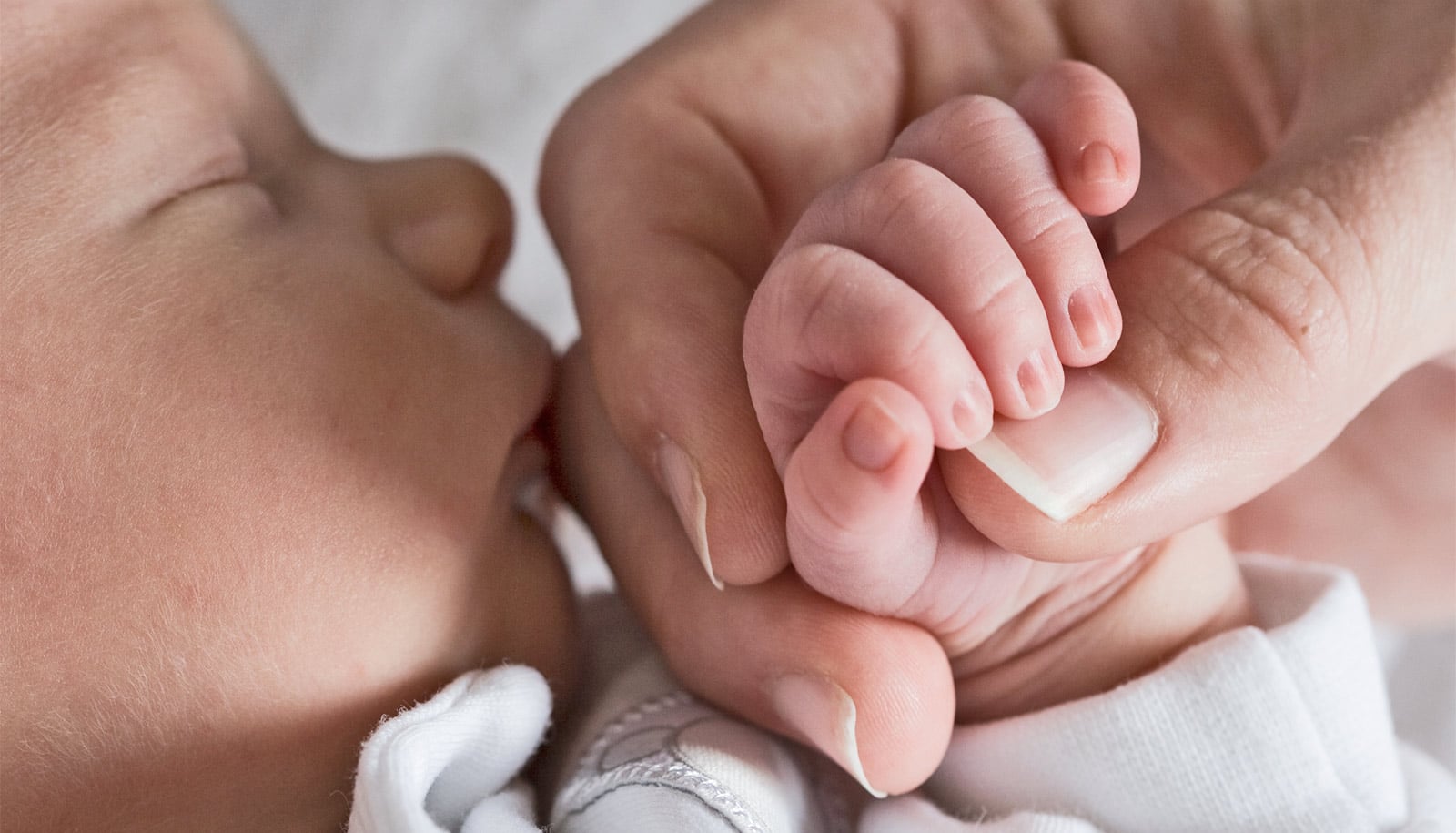Babies cry more in Britain, Canada, and Italy, than the rest of the world, according to a universal chart for normal crying in babies during the first three months of life.
A new meta-analysis of studies involving almost 8,700 infants—in countries including Germany, Denmark, Japan, Canada, Italy, the Netherlands, and the UK—calculated the average of how long babies fuss and cry per twenty-four hours across different cultures.
The findings suggest that, on average, babies cry for around two hours per day in the first two weeks. Crying generally peaks at around two hours fifteen minutes per day at six weeks—and reduces gradually to an average of 1 hour 10 minutes by the twelve week mark.
However, some infants cry as little as 30 minutes—and others cry for more than five hours—in a 24-hour period.
The highest levels of colic were found in the UK (28 percent of infants at 1-2 weeks), Canada (34.1 percent at 3-4 weeks), and Italy (20.9 percent at 8-9 weeks.
In contrast, the lowest colic rates were seen in Denmark (5.5 percent at 3-4 weeks) and Germany (6.7 percent at 3-4 weeks).
Colic is defined as crying more than 3 hours a day for at least 3 days a week. The current definitions for determining whether a baby is crying too much and suffering from colic are the Wessel criteria, which were formulated in the 1950s.
As childcare and the family unit has largely transformed over the last half century and across different cultures, new universal guidelines were needed for modern parents and health professionals to assess normal and excessive levels of crying in babies.
Your baby’s cry can rattle your brain
“Babies are already very different in how much they cry in the first weeks of life—there are large but normal variations. We may learn more from looking at cultures where there is less crying and whether this may be due to parenting or other factors relating to pregnancy experiences or genetics,” says Dieter Wolke, professor of psychology at the University of Warwick Medical School, and lead author of the study in the Journal of Pediatrics.
“The new chart of normal fuss/cry amounts in babies across industrialized countries will help health professionals to reassure parents whether a baby is crying within the normal expected range in the first three months or shows excessive crying which may require further evaluation and extra support for the parents.”
Source: University of Warwick



